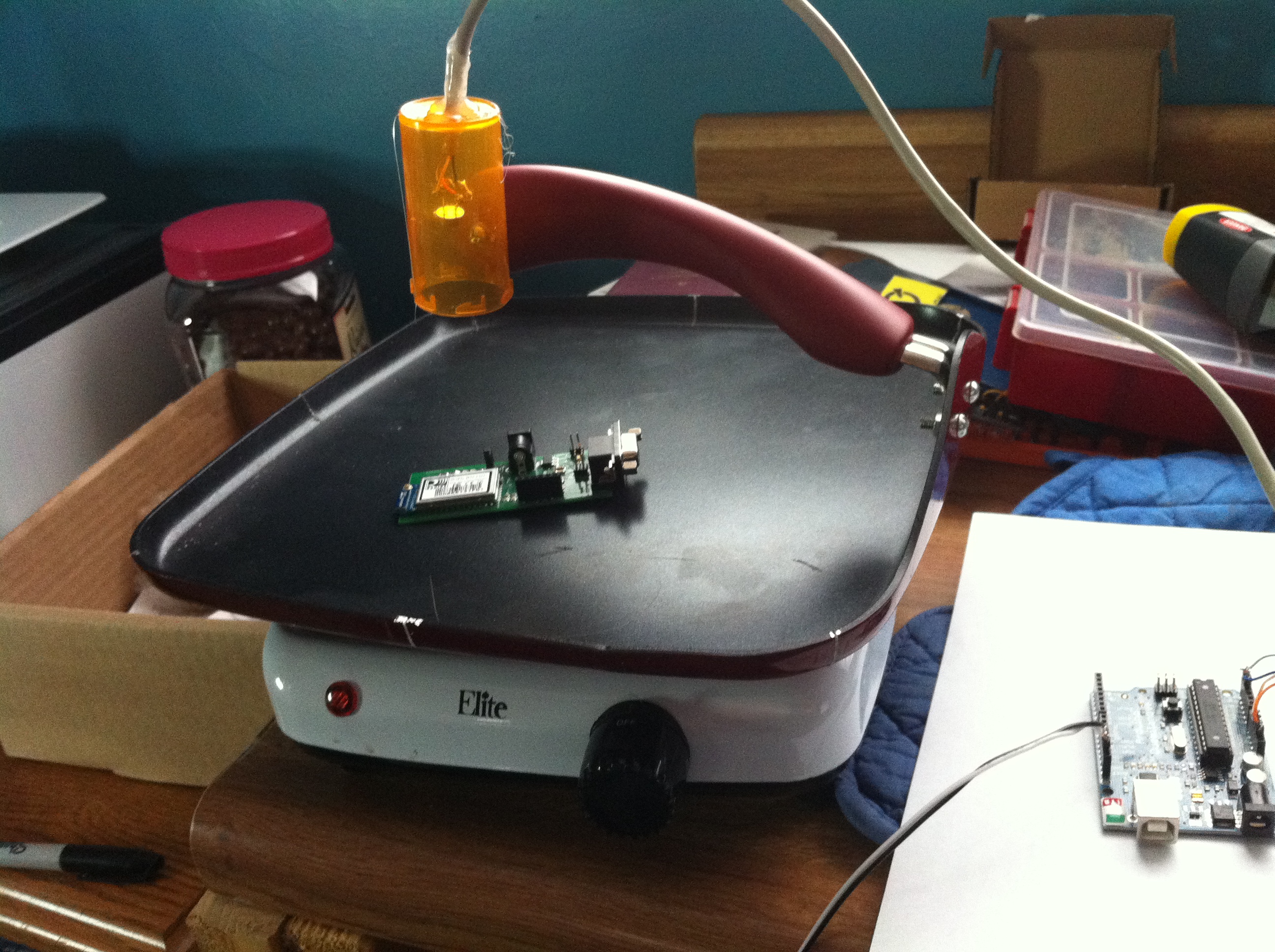

I had to lower the duty cycle to allow for only 20% of the max power to ensure that the iron does not heat up too quickly. To prevent this, I had to limit the power consumption of the iron by implementing PWM switching. This caused the iron to reach up to 270C with a set-point of 180C even after the relay switched off the iron. Although this is not the most accurate way of controlling the temperature (there will be oscillations caused by the thermal inertia of the iron), a threshold based system is the simplest way to achieve temperature control.Īs the iron had a 1000W rating, the iron heated up too quickly and the thermal inertia of the iron caused the thermistor to react too slowly. If the set temperature is higher than the current temperature, the relay turns on and vice versa. The working principle of this system is actually pretty straightforward: the user will give a set temperature for the hot plate to achieve, the program will compare the current temperature with the set temperature. Once I have the basic functionality programmed and tested, I designed and hand-soldered a pcb with the ATMEGA328P as the microcontroller. So I started a breadboard prototype using an Arduino Uno, a thermistor, and a solid-state relay.

My plan was to add a simple temperature-controlled system to the iron by using a relay to switch the iron on and off and a temperature sensor as a feedback to the microcontroller. The rest of the circuit was kept as intact as possible. I had to remove a thermal fuse from the iron as the reflowing temperature will exceed the fuse’s rated temperature. The disassembly of the iron was quite straightforward. Time to start the disassembly process!Ĭlothes iron disassembled and unwanted parts cut off to make the back flat However, instead of using a skillet (like from the article), I had an old flat clothes iron laying around which I thought could be a great upcycling opportunity. From that article, the hot-plate reflowing was one of the cheaper and more effective methods. I came across this guide that tried out most of the methods of SMD soldering. Methods and ResultsĪs always, I started by researching on the different methods of soldering SMD parts. Therefore, I wanted to build myself a simple DIY SMD soldering station. Not only that, removing surface mount components are almost impossible using a handheld soldering iron because there are multiple points that has to be heated at the same time to remove the component.

Since I do not own a hot air rework station, it has been very difficult for me to solder surface mount components (SMD) by using a handheld soldering iron. Recently I’ve been trying to get myself into PCB fabrication using surface mount components to reduce the size of my prototype.


 0 kommentar(er)
0 kommentar(er)
